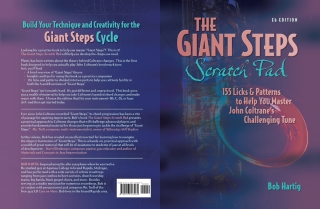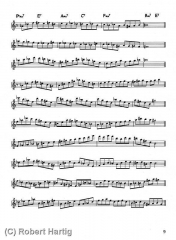“…Uh, huh! Twist and shooouuuut! C’mon, c’mon, c’mon baaybee! Let it all”…er, hi there! Didn’t know anyone was listening to me sing.
Heh, well, then…as long as you’re here, let’s go back to that first line of the tune:
“Shake it up baaybeee!”
Are you shakin’ it up?
I don’t mean on the dance floor, I mean in your sax practice. If your sessions in the woodshed are starting to seem a bit stale, maybe it’s time you shook up your routine with the injection of some new material. Really, you should always be working on something new, not just perfecting what you already know.
It may be the introduction of a new pattern or lick. It could be a new tune, or a memorized solo that you’re taking to a different key. Whatever it is you choose, tackling new material will sharpen your mental edge and pay dividends in your technique.
So don’t be afraid to shake it up. Yes, you want to polish up the stuff you’re presently working on, and of course you want to revisit older material to maintain it. But it’s important to challenge yourself with an influx of fresh ideas. How often? That’s up to you. There’s a point at which new material is no longer new. You may not have honed it to perfection, but you’ve basically got it down. It’s time to cast your eyes on something else and move what you’ve been working on to the latter part of your practice session. Sure, you can warm up with familiar material, but then move on to newer stuff. Doing so will not only broaden your horizons, but also feed into the things you’ve been working on. And it will ensure that a year from now, you’ve got a year’s worth of woodshedding under your belt, not just a week’s worth times fifty-two.





